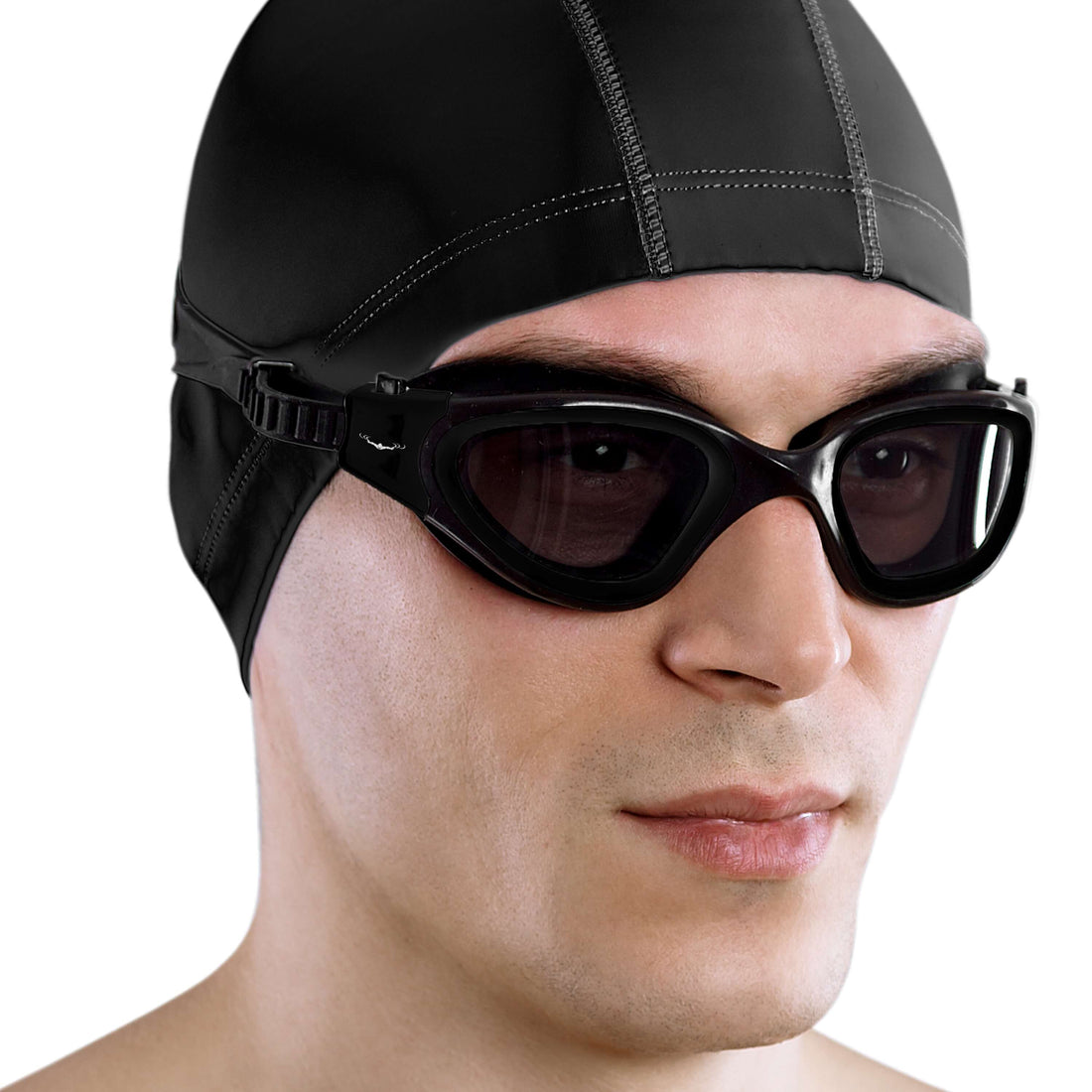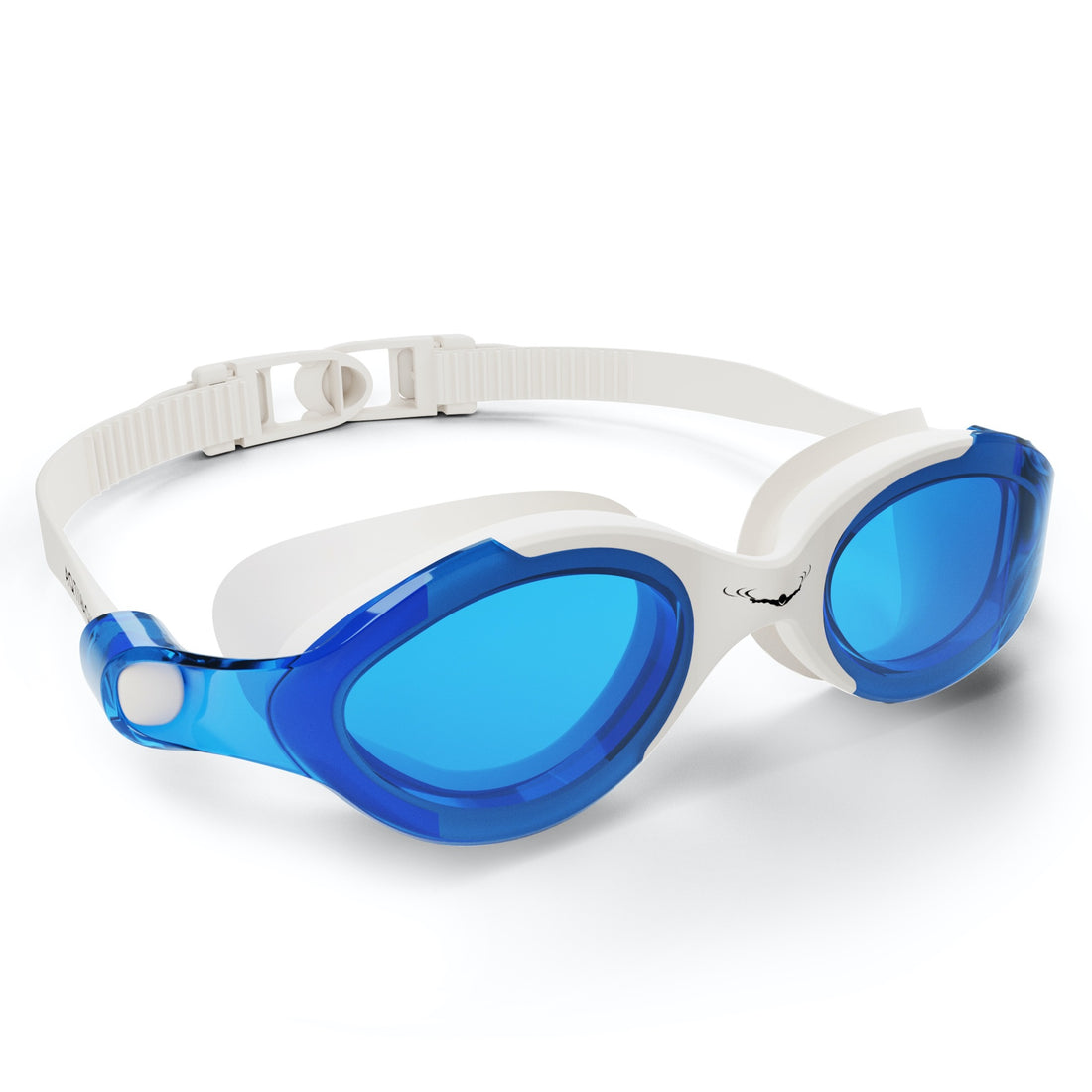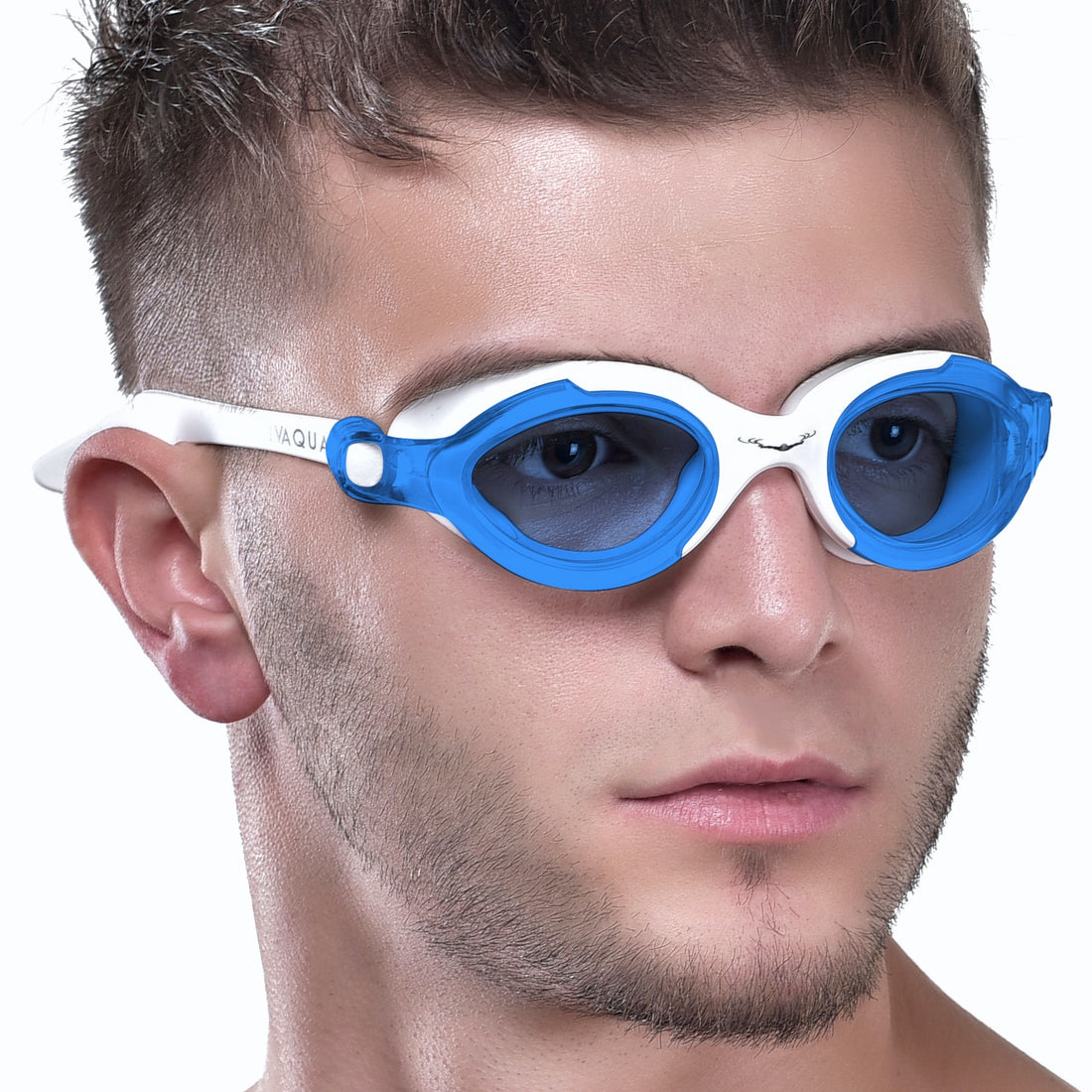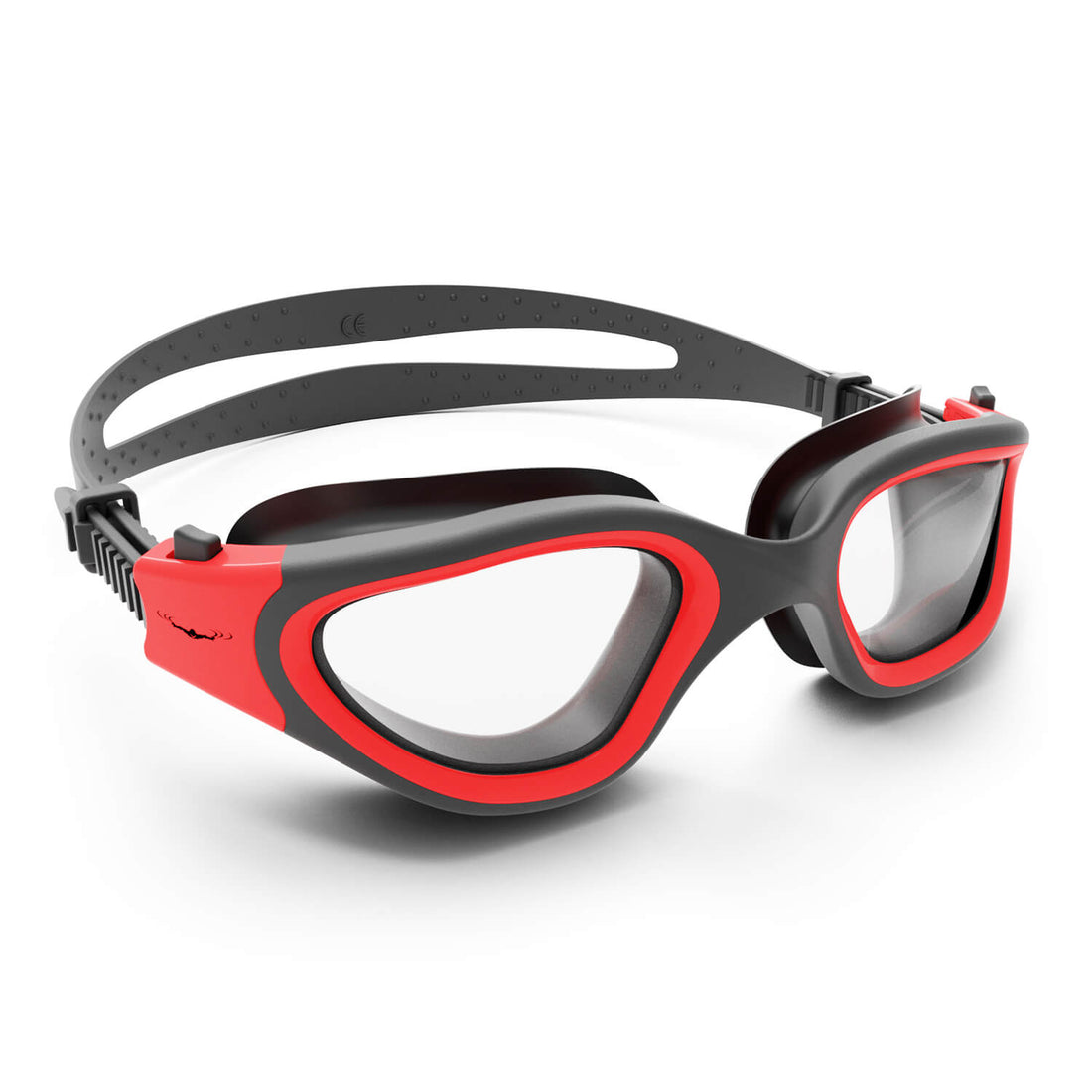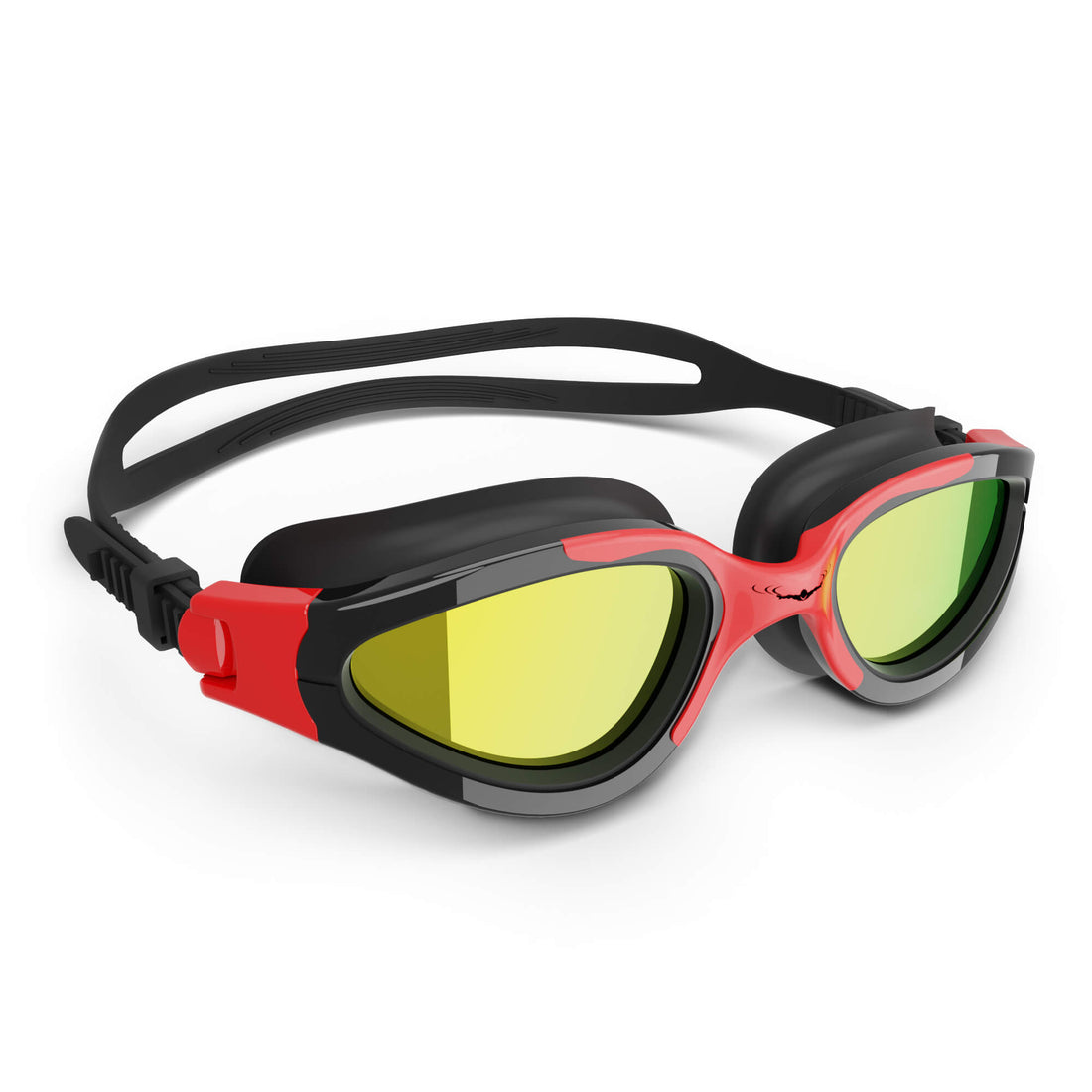Swimming is a fantastic way to stay healthy, increase strength, and improve cardiovascular fitness. For beginners, diving into the world of swimming can be daunting, but fear not! With the right guidance and practice, you can become a proficient swimmer in no time. In this guide, we will explore some essential swimming techniques that every beginner should master.
The Importance of Swim Gear
Before we delve into the techniques, it's crucial to ensure you have the right swim gear. A good pair of swim goggles will not only protect your eyes but also improve visibility underwater. Additionally, swim caps help reduce drag and keep your hair out of your face, while swim ear bands can prevent water from entering your ears.
1. Getting Comfortable in the Water
The first step for any beginner is getting comfortable in the water. Start by standing in the shallow end and gradually move to deeper water. Practice floating on your front and back to build confidence and improve your buoyancy.
2. Mastering the Basic Strokes
There are four primary swimming strokes: freestyle, breaststroke, backstroke, and butterfly. Begin by mastering the freestyle stroke, also known as the front crawl. This stroke is the most commonly used in swimming and is an excellent starting point for beginners.
Freestyle Stroke Technique
When swimming freestyle, keep your body flat and parallel to the water's surface. Reach forward with one arm as the other arm pulls back, propelling you through the water. Remember to kick your legs in a fluttering motion and turn your head to the side to breathe.
3. Breathing Techniques
Proper breathing is crucial in swimming. To breathe correctly while swimming, exhale underwater and inhale when your face is above the water. Practice rhythmic breathing to help maintain a steady pace and avoid feeling out of breath.
4. Body Position and Alignment
Maintaining a streamlined body position is essential for efficient swimming. Keep your body long and straight in the water, with your head in line with your spine. This reduces drag and helps you move through the water with less effort.
5. Kick Drills for Leg Strength
Strong leg kicks are vital for propulsion in swimming. Practice kick drills by holding onto a kickboard and kicking your legs behind you. Focus on keeping your legs straight and your feet pointed to maximize the power of your kicks.
6. Building Arm Strength
Improving arm strength is key to enhancing your swimming performance. Incorporate drills that focus on arm movements, such as pulling exercises with a buoy or using paddles to increase resistance in the water.
7. Turn and Flip Technique
When swimming laps, mastering the turn and flip technique is essential for efficiency. Approach the wall with momentum, tuck your chin to your chest, and execute a quick somersault motion to change direction. Push off the wall with force to continue swimming.
8. Introduction to Breasstroke
Once you're comfortable with the freestyle stroke, consider learning the breaststroke. This stroke involves a frog-like kicking motion and simultaneous arm movements that propel you through the water. Practice the breaststroke to add variety to your swimming routine.
9. Backstroke Essentials
The backstroke is a great stroke for beginners to learn as it allows you to breathe easily without lifting your head out of the water. Focus on kicking from your hips and reaching back with your arms for optimal propulsion.
10. Butterfly Stroke Challenge
The butterfly stroke is the most challenging of the four primary strokes but offers a full-body workout. Mastering the butterfly requires coordination between your arms and legs, as well as a powerful dolphin kick. Start practicing the butterfly once you feel comfortable with the other strokes.
11. Increasing Endurance and Stamina
Swimming is an excellent way to boost your endurance and stamina. Gradually increase the duration and intensity of your swimming sessions to build cardiovascular fitness and muscular strength. Set goals to swim longer distances and track your progress over time.
12. Dive into Your Potential
Congratulations on embarking on your swimming journey! Remember that mastering swimming techniques takes time and patience, so don't be discouraged by initial setbacks. Stay consistent in your practice, focus on proper technique, and enjoy the many benefits that swimming has to offer. Dive into your potential and make a splash in the water!




